 At the end of last year, Congress passed a farm bill that legalized hemp, defined as cannabis containing no more than 0.3 percent THC by weight, and its derivatives, including cannibidiol, a nonpsychoactive but medically promising compound that has been openly sold online and in brick-and-mortar stores throughout the United States for years. Yet in January, state troopers in Idaho seized 7,000 pounds of industrial hemp from a truck on Interstate 84. The following month, state troopers in Ohio seized 55 gallons of CBD oil from a truck on Interstate 70. Last month, local police raided a smoke shop in Duncanville, a Dallas suburb, and seized “hundreds of pounds of CBD oil in various forms.”
At the end of last year, Congress passed a farm bill that legalized hemp, defined as cannabis containing no more than 0.3 percent THC by weight, and its derivatives, including cannibidiol, a nonpsychoactive but medically promising compound that has been openly sold online and in brick-and-mortar stores throughout the United States for years. Yet in January, state troopers in Idaho seized 7,000 pounds of industrial hemp from a truck on Interstate 84. The following month, state troopers in Ohio seized 55 gallons of CBD oil from a truck on Interstate 70. Last month, local police raided a smoke shop in Duncanville, a Dallas suburb, and seized “hundreds of pounds of CBD oil in various forms.”
This situation is the reverse of the one encountered by state-licensed suppliers of marijuana, which remains completely illegal at the federal level. In this case, hemp and hemp-derived CBD seem to be legal at the federal level, but they may still be prohibited by state law. Even under federal law, states have “primary regulatory authority over the production of hemp” only after their rules are approved by the U.S. Department of Agriculture, which proved to be a sticking point in the Idaho case. And although the Drug Enforcement Administration (DEA) no longer has authority over hemp under the Controlled Substances Act, the Food and Drug Administration (FDA) may still take action against CBD products that are sold based on medical claims.
The hemp seized in Idaho was part of a 13,000-pound shipment produced by Boones Ferry Berry Farms in Hubbard, Oregon, and purchased by Big Sky Scientific in Aurora, Colorado. It was on its way from Oregon to Colorado when it was intercepted by the Idaho State Police. Neither the seller, the buyer, nor the trucking company made any attempt to conceal the hemp, which they thought was legal to transport through Idaho.
Idaho officials took a different view. Idaho law, unlike federal law as revised by the 2018 farm bill, defines marijuana as “all parts of the plants of the genus Cannabis, including the extract or any preparation of cannabis which contains tetrahydrocannabinol.” In other words, Idaho does not recognize a distinction between marijuana and hemp. “Our troopers adhere to Idaho law,” Idaho State Police spokesman Tim Marsano told the Idaho Statesman. “Substances with any amount of THC are illegal in this state.” The driver of the truck carrying Big Sky’s hemp was charged with marijuana trafficking, which carries a five-year mandatory minimum sentence under Idaho law.
Big Sky cited a provision of the farm bill that says “no state or Indian Tribe shall prohibit the transportation or shipment of hemp or hemp products produced in accordance with subtitle G of the Agricultural Marketing Act of 1946…through the State or the territory of the Indian Tribe.” But Idaho argued that the hemp en route to Big Sky Scientific did not qualify for that protection because Oregon had not received federal approval for its regulatory system. In a February 2 ruling, U.S. Magistrate Judge Ronald Bush rejected Big Sky’s emergency motion for a temporary restraining order and preliminary injunction against Idaho’s seizure, saying “the Court cannot conclude on this record that Big Sky has a likelihood of success on the merits.”
Bush said he might reach a different conclusion “after the record is more fully developed.” Big Sky has asked the U.S. Court of Appeals for the 9th Circuit to overturn Bush’s ruling, and on March 18 the Idaho House of Representatives approved a bill that would legalize hemp in that state. “It might be said that Big Sky was taking a gamble that it thought was worth taking,” Bush wrote. “In another view, it might be said that Big Sky did not realize that Idaho might take a different position about whether Big Sky was free to move industrial hemp around the country.”
A similar clash of expectations explains the seizure of CBD oil in Ohio, which defines marijuana in a way that tracks the unrevised federal definition: “all parts of a plant of the genus cannabis, whether growing or not; the seeds of a plant of that type; the resin extracted from a part of a plant of that type; and every compound, manufacture, salt, derivative, mixture, or preparation of a plant of that type or of its seeds or resin.” Ohio’s definition excludes “the mature stalks of the plant, fiber produced from the stalks, oils or cake made from the seeds of the plant, or any other compound, manufacture, salt, derivative, mixture, or preparation of the mature stalks, except the resin extracted from the mature stalks, fiber, oil or cake, or the sterilized seed of the plant.”
While CBD derived from cannabis stalks arguably does not fit that definition, the Ohio State Highway Patrol treats all CBD oil as a Schedule I substance. Hence the two men who were transporting the CBD oil seized in February were charged with felonies punishable by a maximum penalty of 11 years in prison and a $20,000 fine. Ohio has a medical marijuana program that started operating last week, but the CBD oil in this case was not part of it.
The situation is similar in Texas, which defines marijuana as broadly as Ohio does. It makes a narrow exception for CBD oil produced by three state-licensed companies for treatment of epilepsy. Those licensees do not include GM Tobacco, the Duncanville shop that was raided in March. “When the officers were asked why you are taking this stuff, they said because it’s marijuana,” Daniel Sullivan, a Dallas attorney who represents the store’s owners, told the Fort Worth Star Telegram. “Which is either profoundly ignorant or dishonest. If they don’t know the difference between CBD and marijuana, they need to study more.”
But under Texas law, that distinction does not matter except for suppliers licensed under the state’s Compassionate Use Program. “Our investigations revealed criminal activity occurring at GM Tobacco in Duncanville, and our responsibility to protect the community is paramount to the health, safety and welfare of our citizens,” said Mark LiVigni, Duncanville assistant police chief. “Marijuana is illegal in the state of Texas.”
CBD sellers face additional risks under federal law. “With passage of the Farm Bill,” DEA spokeswoman Mary Brandenberger says in an email, “any part of the marijuana plant (including seeds, derivatives and extracts) that have a THC concentration of no more than 0.3% THC will be defined as ‘hemp’ and accordingly will not fall under DEA’s purview.” But the only CBD product that is recognized as a medicine by the FDA is Epidiolex, an oral solution that the agency approved last year for treating two rare forms of epilepsy.
Before stepping down as head of the FDA last week, Scott Gottlieb told a House subcommittee his agency would take a “risk-based approach” to CBD products. “We’re going after places where CBD is being marketed in situations where we think the claims are either misleading to the point of encouraging a patient to forgo otherwise effective therapy for a medical condition or being marketed in a formulation and in a dose that’s at a level that creates significant safety concerns,” he said. On March 28, for instance, the FDA sent warning letters to three CBD vendors, warning that selling the compound for “the cure, mitigation, treatment, or prevention of disease” violates the Food, Drug, and Cosmetic Act.
Gottlieb also has expressed concern about plans by CVS and Walgreens to begin carrying CBD products. “We now see big box stores seeking to market CBD products for some uses where the claims seem to be potentially over-the-top claims for the treatment of pain,” he said in his congressional testimony. “We’re not allowing this. What’s happening is we see a burgeoning market, and we can’t boil the ocean, so we’re trying to take a risk-based approach to our enforcement like we do on all matters.”
Yet Gottlieb suggested the FDA wants to create rules that would allow the sale of CBD products. “I recognize Congress wants there to be a pathway here,” he said, “so we’re trying to work at the same time expeditiously to create a viable pathway that can differentiate between potentially appropriate use of the product if we can have scientific evidence to support its appropriate use and use of the product that creates safety risks for the consumers.” The FDA has scheduled a May 31 public hearing to “obtain scientific data and information about the safety, manufacturing, product quality, marketing, labeling, and sale of products containing cannabis or cannabis-derived compounds.”
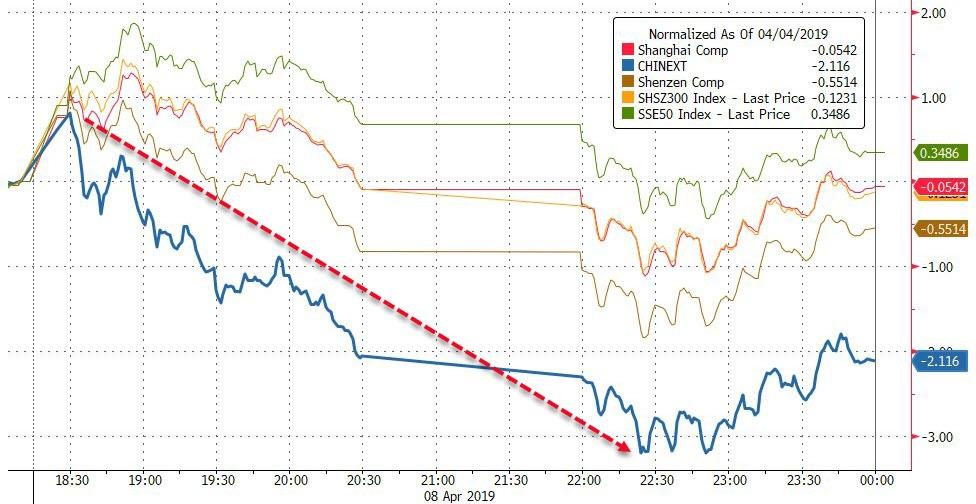
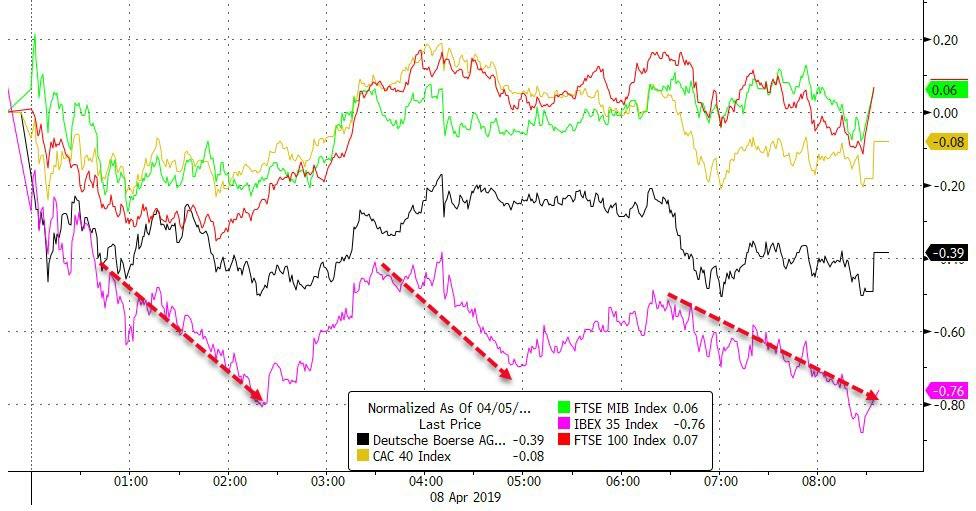
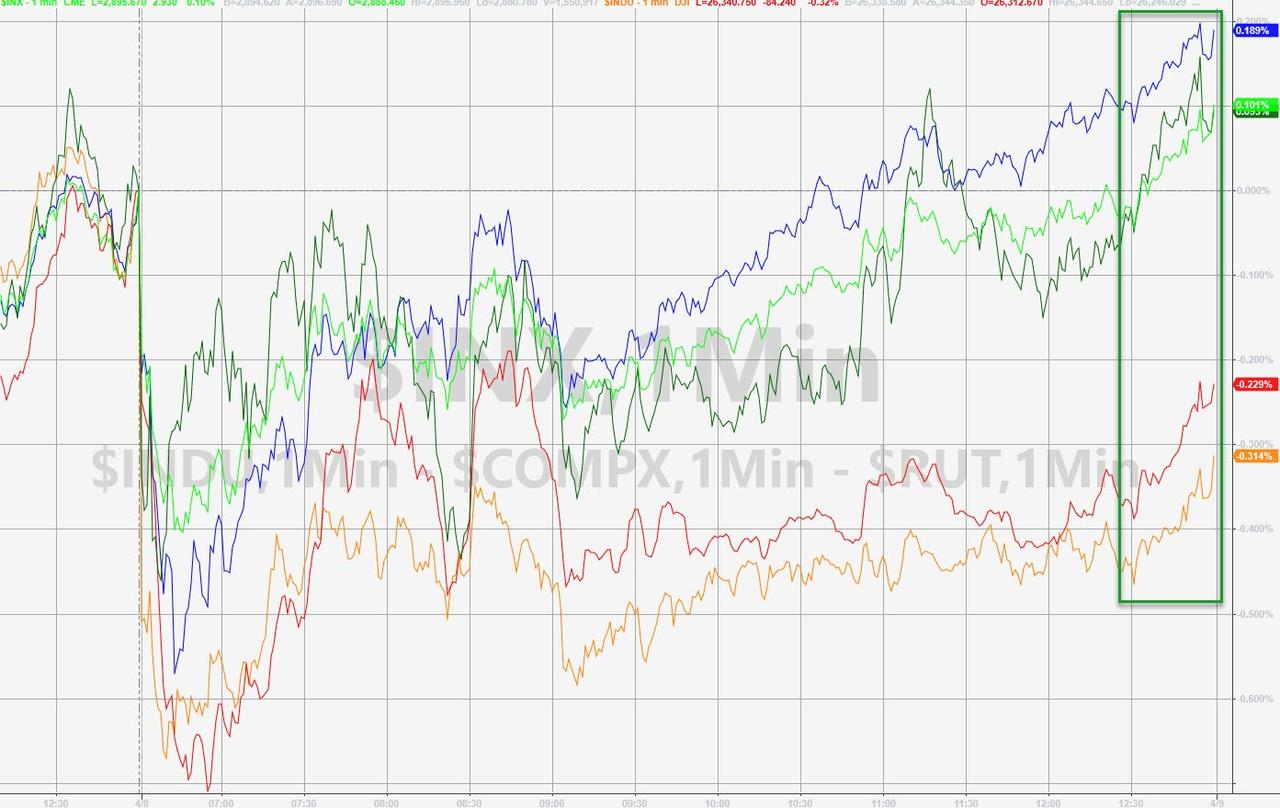



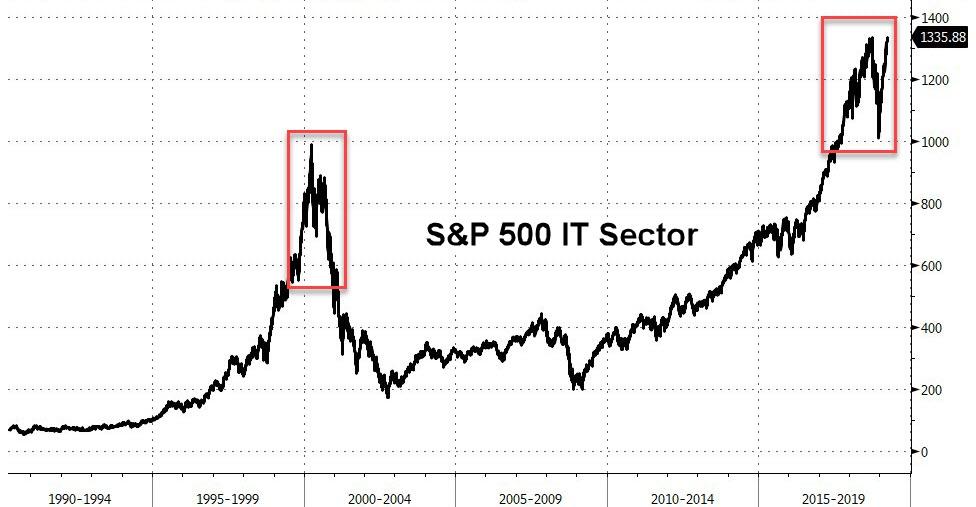
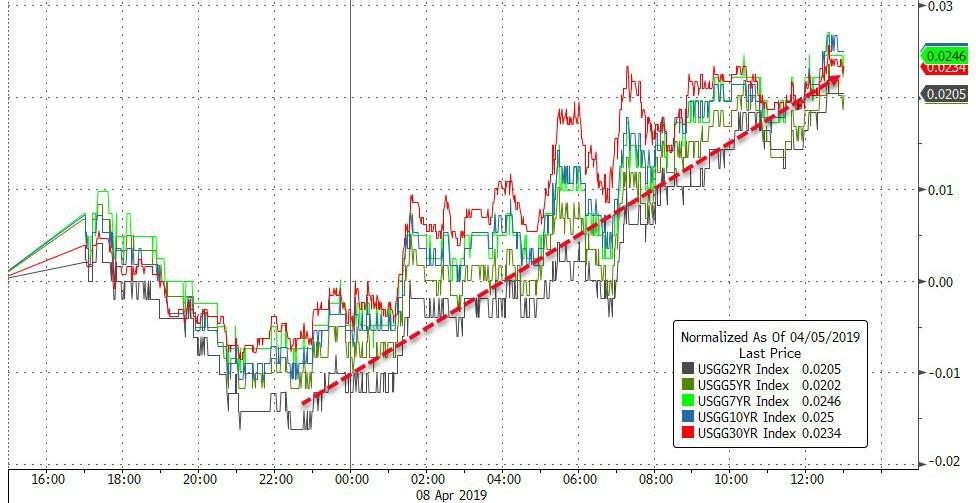
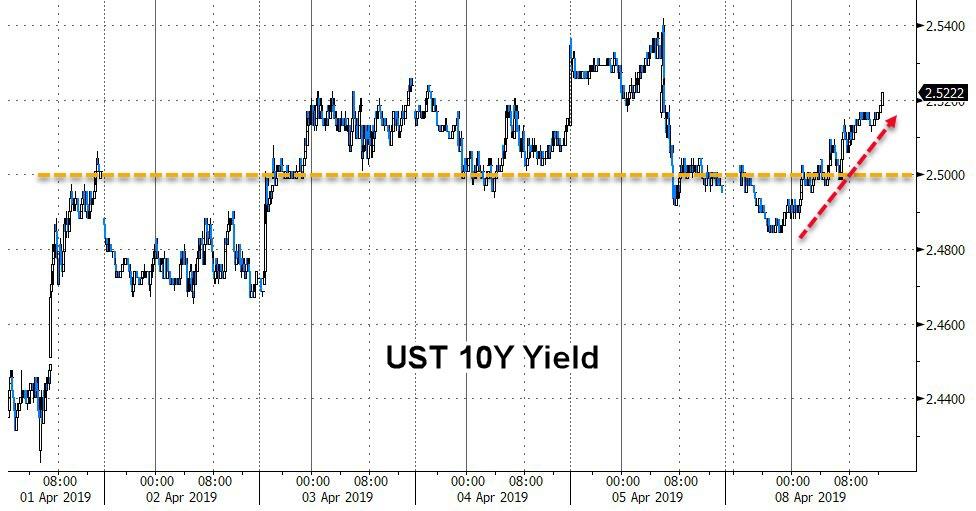
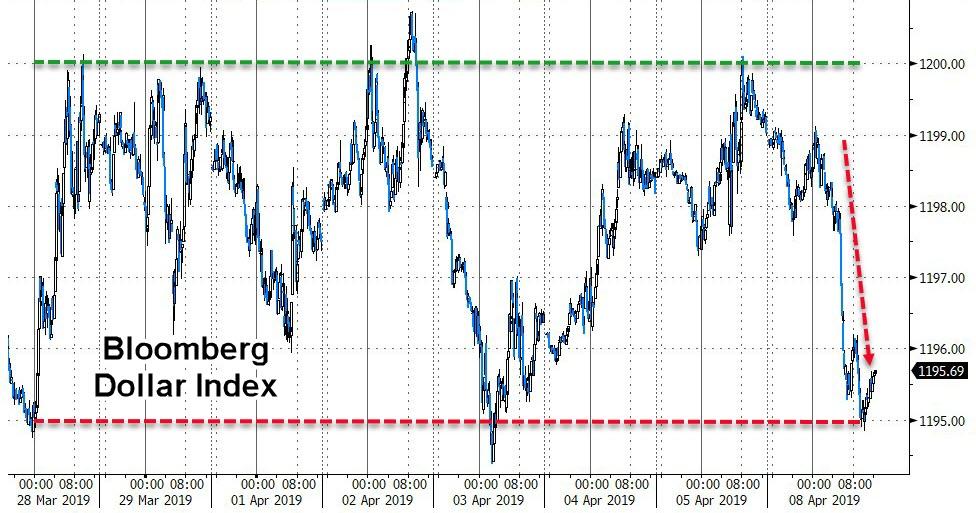
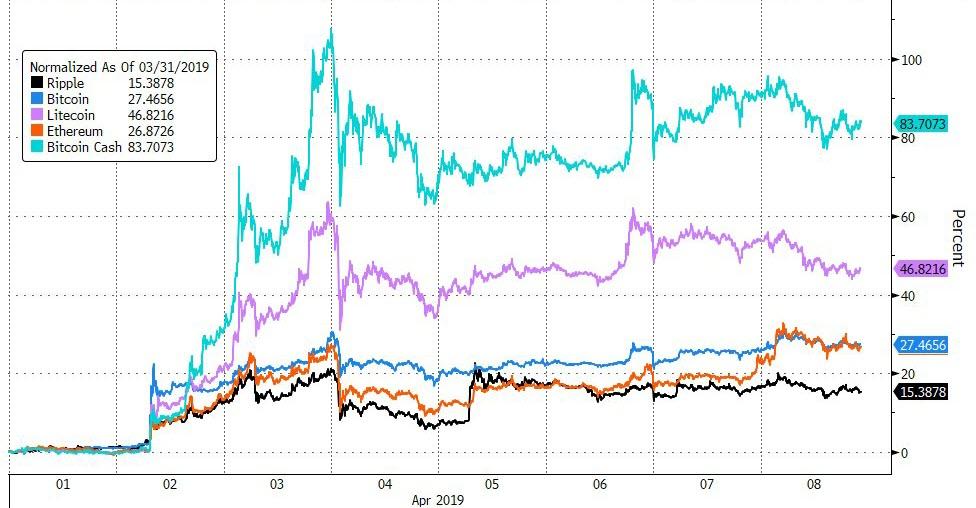
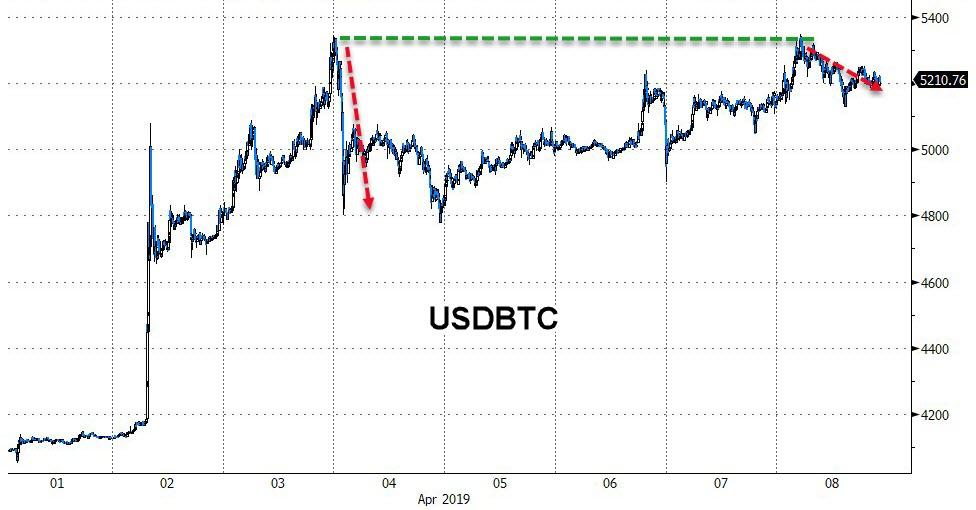
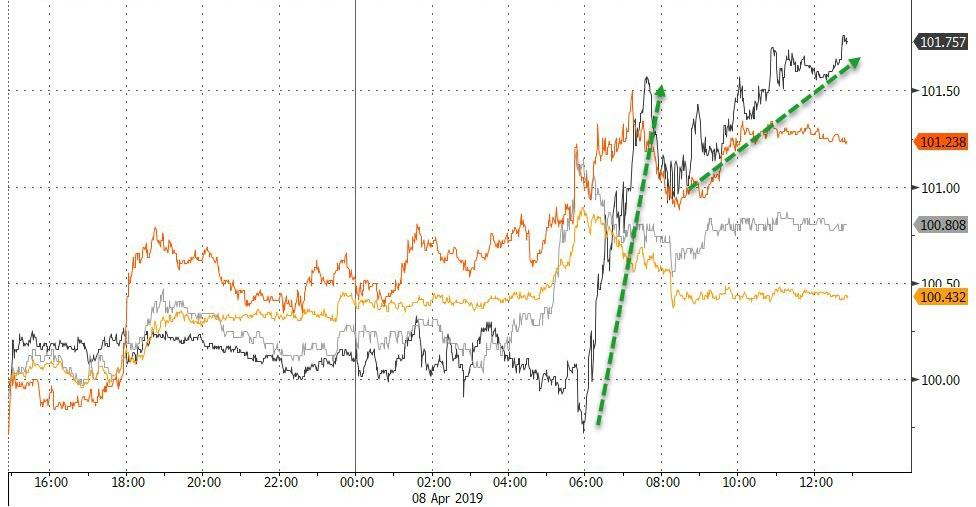


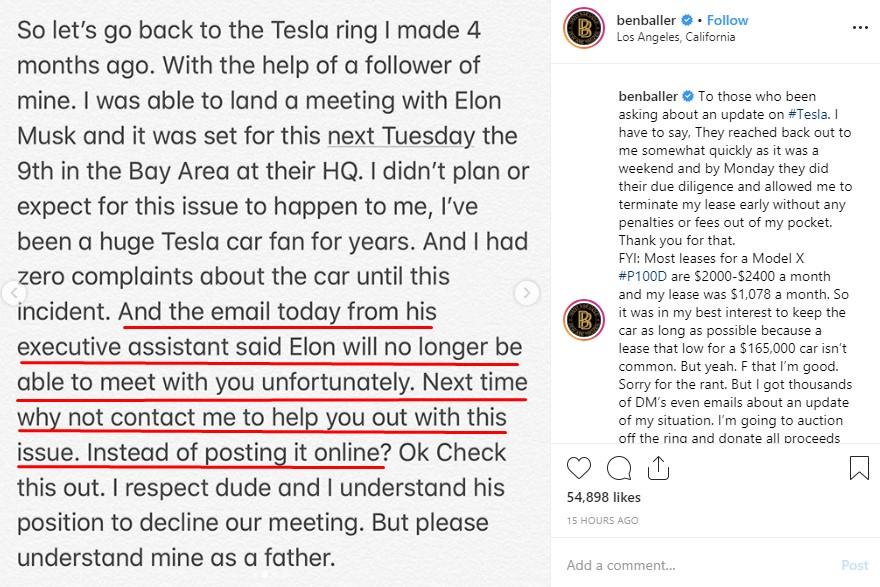

 The past 24 hours have seen two unrelated events tethered to America’s ever-contentious immigration debates: (1) President Donald Trump
The past 24 hours have seen two unrelated events tethered to America’s ever-contentious immigration debates: (1) President Donald Trump 

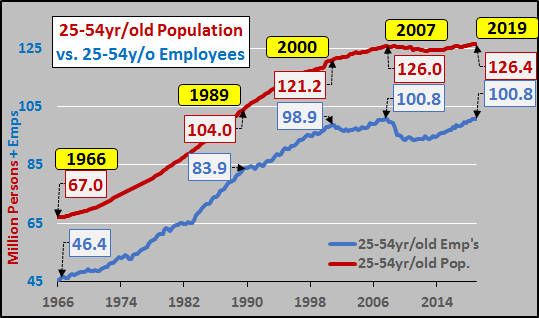

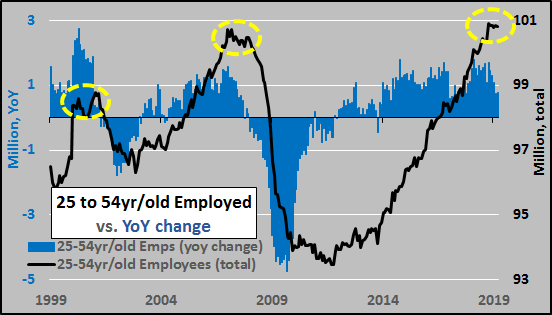

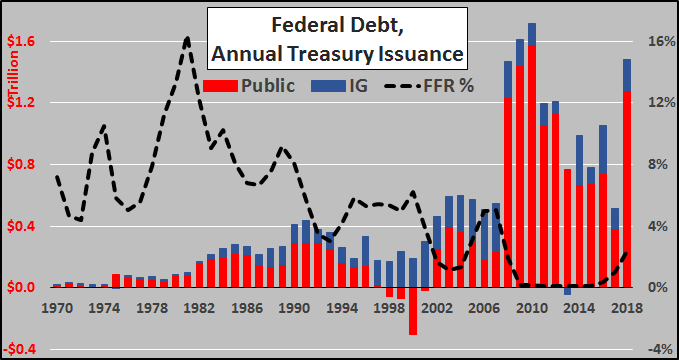
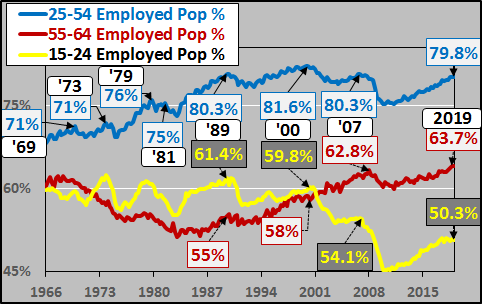
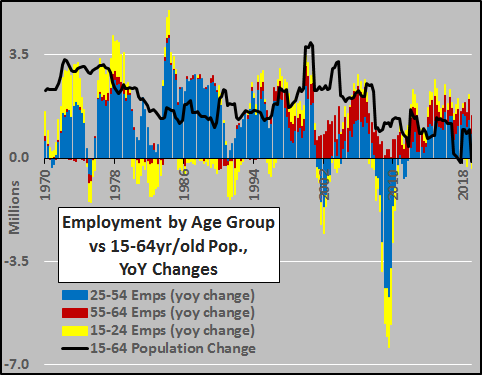
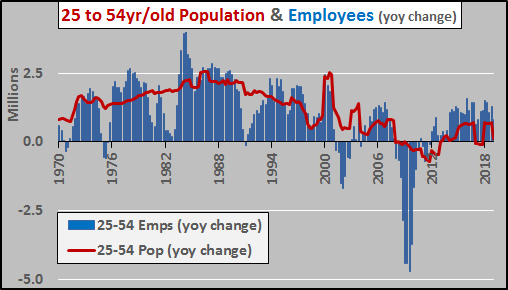
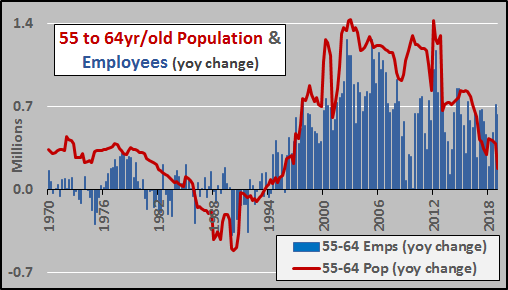

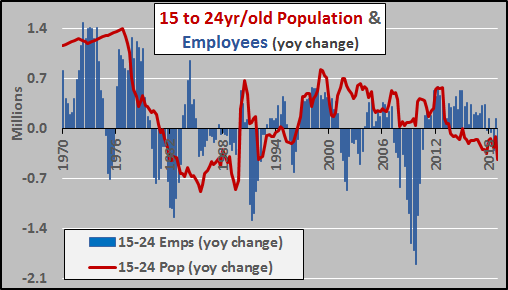
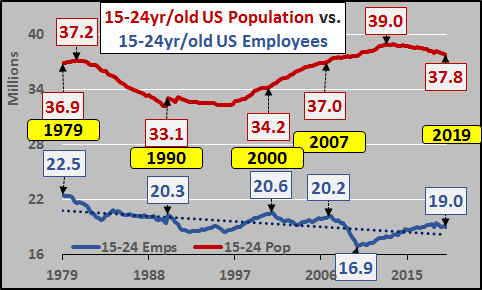
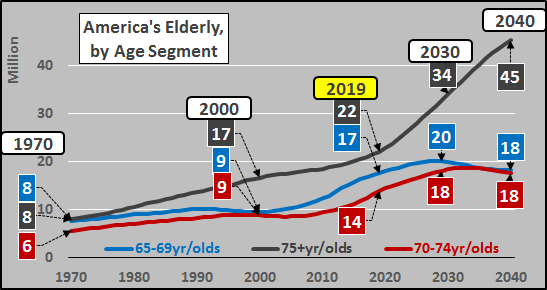
 A group of George Mason University students is demanding that Associate Supreme Court Justice Brett Kavanaugh not take a position as a visiting law professor—and some professors are voicing support for them.
A group of George Mason University students is demanding that Associate Supreme Court Justice Brett Kavanaugh not take a position as a visiting law professor—and some professors are voicing support for them.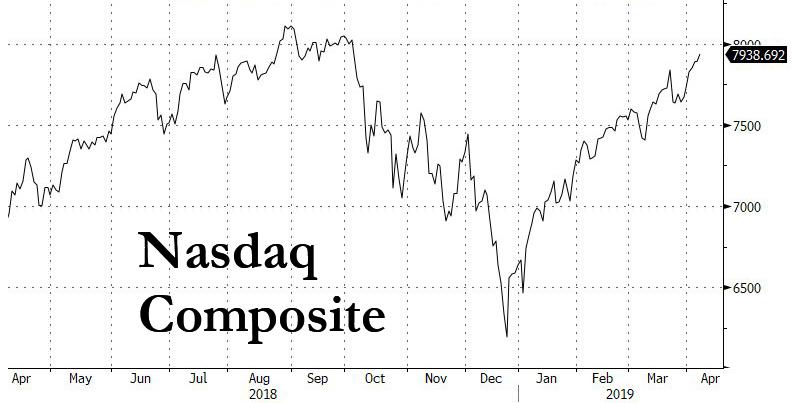
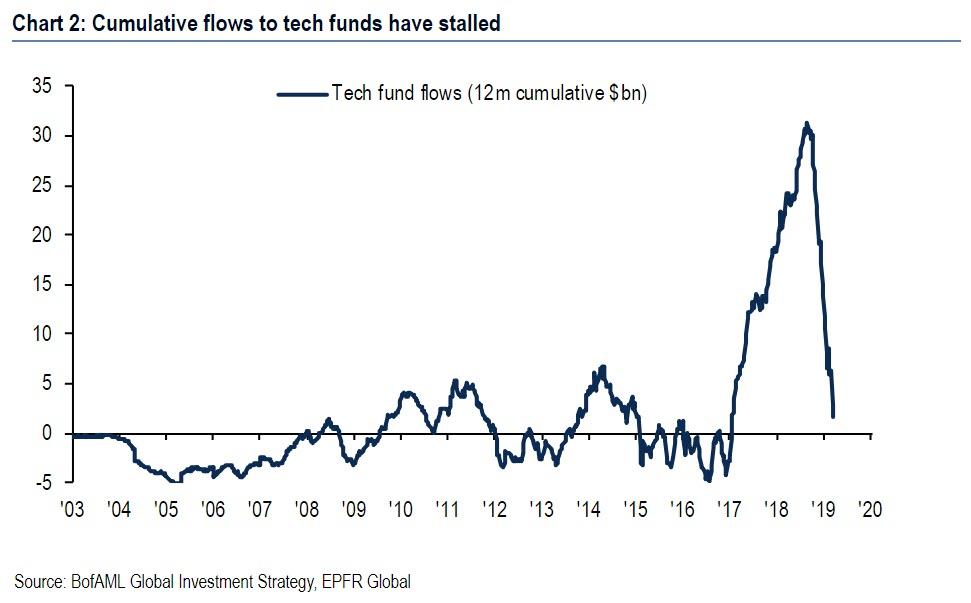

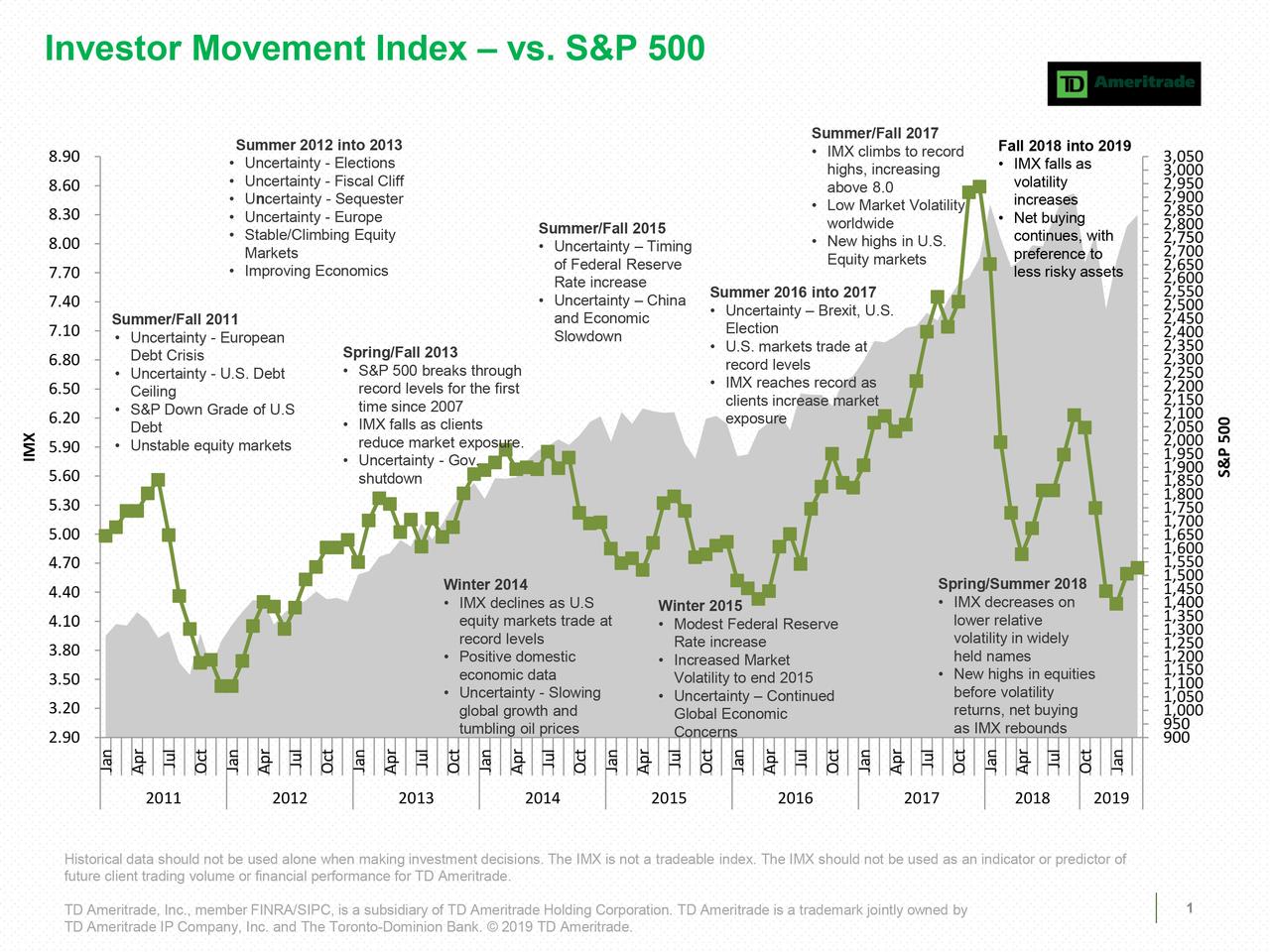


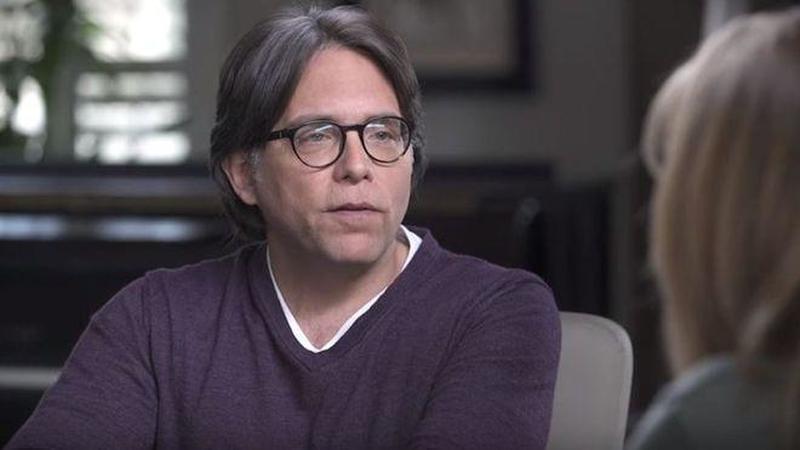
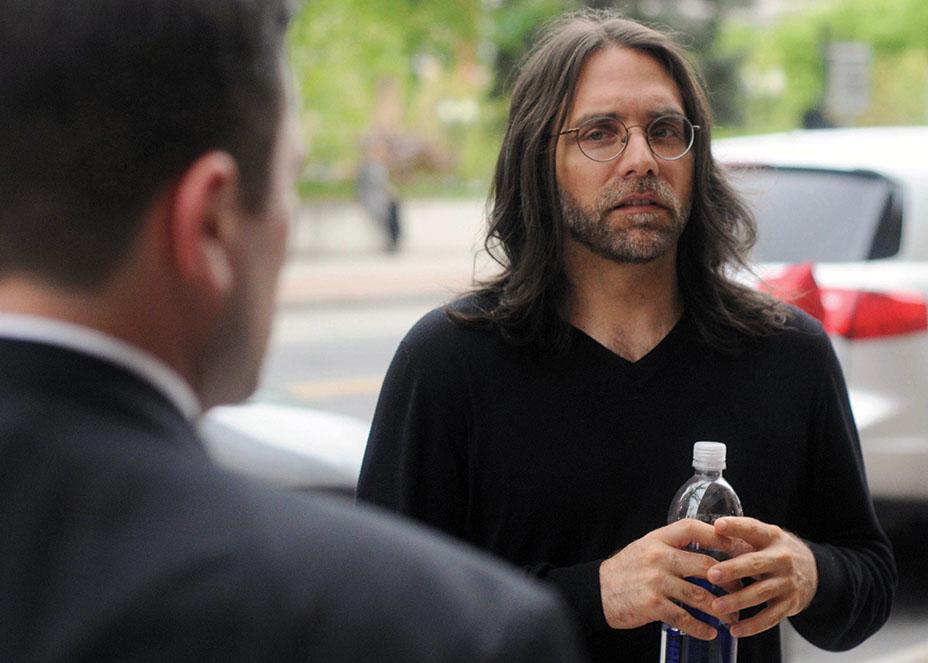


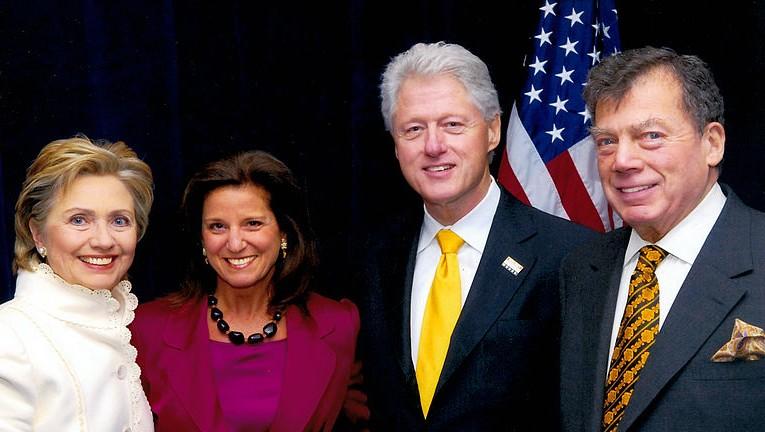
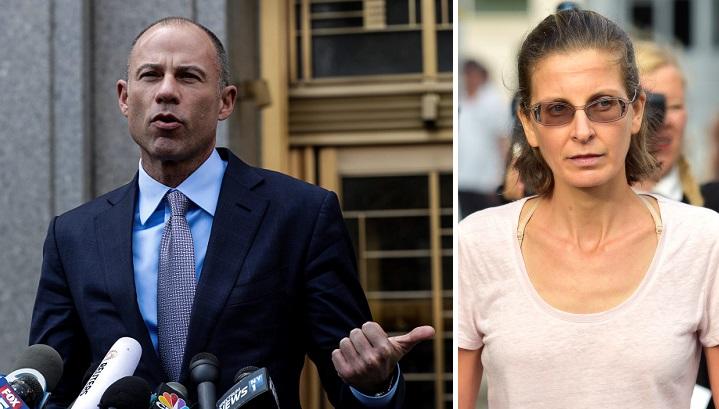
 At the end of last year, Congress passed a
At the end of last year, Congress passed a  Half a century of trying hasn’t closed one of schooling’s most vexing achievement gaps. According to a new paper, the gap in educational achievement between public school students in the bottom 10th socioeconomic status (SES) percentile and those in the top 90th SES percentile has remained essentially unchanged over the last 50 years.
Half a century of trying hasn’t closed one of schooling’s most vexing achievement gaps. According to a new paper, the gap in educational achievement between public school students in the bottom 10th socioeconomic status (SES) percentile and those in the top 90th SES percentile has remained essentially unchanged over the last 50 years.